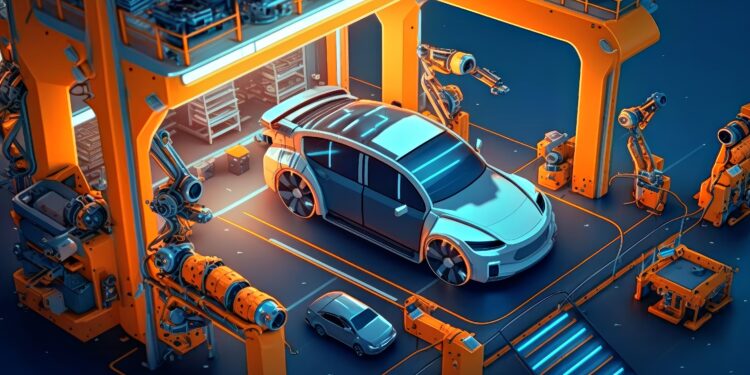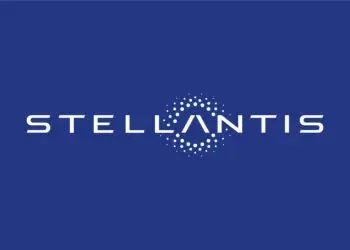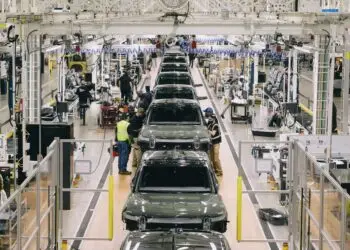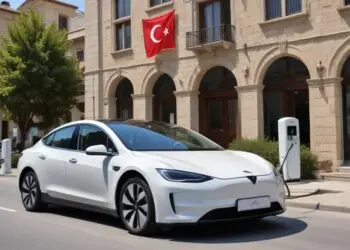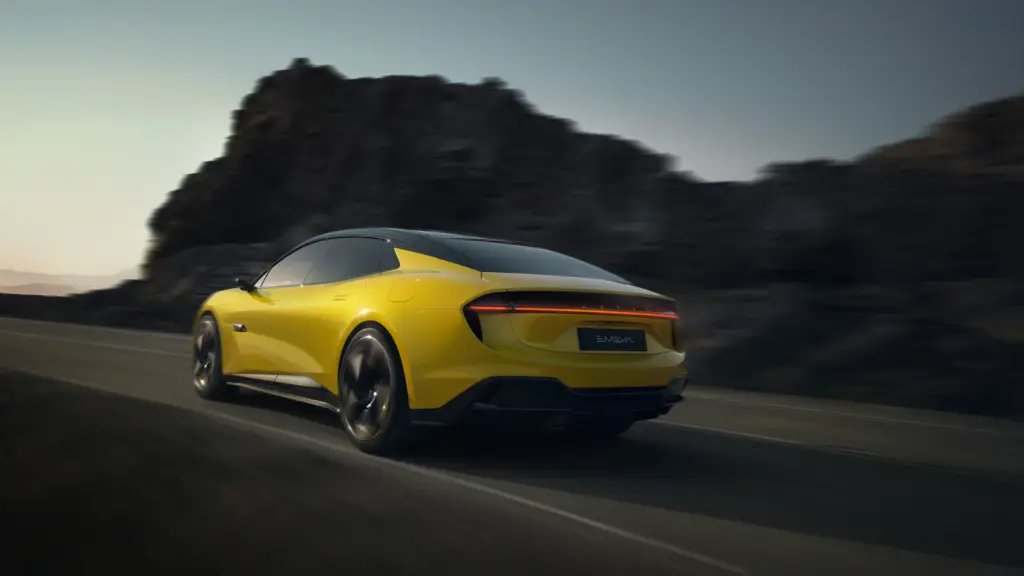Honda Motor Co., Ltd., a key player in the automotive industry, has announced a staggering investment of 10 trillion yen (USD 65 billion) into electric vehicles (EVs) by the fiscal year 2030.
This monumental commitment, coming from a company with a strong legacy in internal combustion engines, positions Honda at the vanguard of the EV revolution, signaling a transformative shift in the automotive landscape.
A Four-Pillared Strategy for Electrification
Honda’s strategic investment is built around four key pillars, each designed to address the multifaceted challenges and opportunities within the EV sector.
1. Revolutionizing Battery Technology
At the heart of Honda’s strategy is developing advanced battery technologies, focusing on solid-state batteries. These batteries, expected to outperform their current lithium-ion counterparts in energy density, charging speed, and safety, could significantly enhance the performance and range of Honda’s EVs. Honda’s goal to mass-produce solid-state batteries by the late 2020s could set a new standard in the industry.
2. Scaling Production Capabilities
Honda is expanding its manufacturing footprint to keep pace with the growing demand for EVs. This includes constructing new plants in [North America, Europe, and Asia] and modernizing existing facilities in [Japan and China], ensuring that Honda can efficiently scale its EV production to meet global demand.
3. Driving R&D and Innovation
Much of the investment will fuel research and development efforts. Honda plans to collaborate with industry leaders, academic institutions, and research organizations to spearhead innovations in EV technology.
4. Strengthening Infrastructure and Supply Chain
Honda recognizes the critical role of infrastructure and supply chains in the widespread adoption of EVs. It invests in developing comprehensive charging networks, including fast-charging stations along major highways and urban areas, and securing access to vital raw materials such as lithium, cobalt, and nickel.
Strategic Goals and Vision
Several strategic goals aimed at reshaping the company’s future are what motivate Honda’s investment:
1. Achieving Carbon Neutrality by 2050
This investment is a cornerstone of Honda’s mission to attain carbon neutrality across its products and operations by 2050. It is a significant step away from internal combustion engines.
2. Dominating the EV Market
Honda plans to launch over 30 new EV models and achieve annual sales of more than 2 million units by 2030.
3. Pioneering Technological Advancements
The investment will facilitate central battery efficiency, charging technology, and vehicle performance breakthroughs. Honda is also exploring the integration of advanced driver-assistance systems (ADAS) and autonomous driving technologies.
4. Expanding Globally
Honda’s strategy includes a targeted expansion into key markets such as North America, Europe, and Asia. In each of these markets, Honda plans to tailor its EV offerings to meet regional preferences and needs, such as larger SUVs for the North American market and compact city cars for the European market.
Navigating the Road Ahead
Despite the opportunities, Honda’s ambitious investment comes with challenges. The automotive industry is in the midst of a rapid transformation characterized by intense competition from established automakers and new entrants. Moreover, the supply chain for EV components, which is complex and subject to geopolitical risks such as trade disputes and resource scarcity, could pose significant challenges for Honda’s expansion plans.


